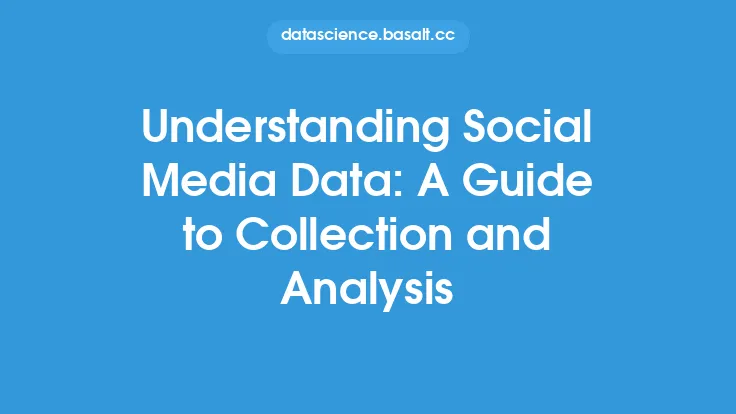Deep learning is a subset of machine learning that involves the use of artificial neural networks to analyze and interpret data. It is a rapidly growing field that has gained significant attention in recent years due to its ability to solve complex problems in areas such as image and speech recognition, natural language processing, and decision-making. In this article, we will provide an introduction to deep learning, covering the basics of neural networks, the different types of deep learning models, and the key concepts and techniques used in this field.
What are Neural Networks?
Neural networks are computational models inspired by the structure and function of the human brain. They consist of layers of interconnected nodes or "neurons" that process and transmit information. Each node applies a non-linear transformation to the input data, allowing the network to learn and represent complex relationships between the inputs and outputs. The key components of a neural network include the input layer, hidden layers, and output layer. The input layer receives the input data, the hidden layers perform complex transformations on the data, and the output layer generates the final output.
Types of Deep Learning Models
There are several types of deep learning models, each with its own strengths and weaknesses. Some of the most common types of deep learning models include:
- Convolutional Neural Networks (CNNs): These models are designed to process data with spatial hierarchies, such as images. They use convolutional and pooling layers to extract features from the input data.
- Recurrent Neural Networks (RNNs): These models are designed to process sequential data, such as speech or text. They use recurrent connections to capture temporal relationships in the data.
- Autoencoders: These models are designed to learn compact representations of the input data. They consist of an encoder that maps the input data to a lower-dimensional representation, and a decoder that maps the representation back to the original input data.
- Generative Adversarial Networks (GANs): These models are designed to generate new data samples that are similar to the input data. They consist of a generator that produces new samples, and a discriminator that evaluates the generated samples and tells the generator whether they are realistic or not.
Key Concepts and Techniques
Deep learning models rely on several key concepts and techniques, including:
- Backpropagation: This is an algorithm used to train neural networks by minimizing the error between the predicted output and the actual output.
- Activation Functions: These are non-linear functions applied to the output of each node in the network. Common activation functions include sigmoid, ReLU, and tanh.
- Optimization Algorithms: These are algorithms used to update the model's parameters during training. Common optimization algorithms include stochastic gradient descent, Adam, and RMSprop.
- Regularization Techniques: These are techniques used to prevent overfitting in deep learning models. Common regularization techniques include dropout, L1 and L2 regularization, and early stopping.
Deep Learning Applications
Deep learning has a wide range of applications in areas such as:
- Computer Vision: Deep learning models can be used for image classification, object detection, segmentation, and generation.
- Natural Language Processing: Deep learning models can be used for text classification, sentiment analysis, language translation, and text generation.
- Speech Recognition: Deep learning models can be used for speech recognition, speech synthesis, and music classification.
- Decision-Making: Deep learning models can be used for decision-making in areas such as finance, healthcare, and robotics.
Challenges and Limitations
Despite the many successes of deep learning, there are several challenges and limitations to this field, including:
- Data Quality: Deep learning models require large amounts of high-quality data to train and validate.
- Computational Resources: Deep learning models require significant computational resources to train and deploy.
- Interpretability: Deep learning models can be difficult to interpret and understand, making it challenging to identify biases and errors.
- Robustness: Deep learning models can be vulnerable to adversarial attacks and data corruption, which can compromise their performance and reliability.
Conclusion
Deep learning is a rapidly growing field that has the potential to revolutionize many areas of science and engineering. By understanding the basics of neural networks, the different types of deep learning models, and the key concepts and techniques used in this field, beginners can gain a solid foundation in deep learning and start exploring its many applications and possibilities. However, it is also important to be aware of the challenges and limitations of deep learning, and to continue researching and developing new techniques and methods to address these challenges and improve the performance and reliability of deep learning models.





